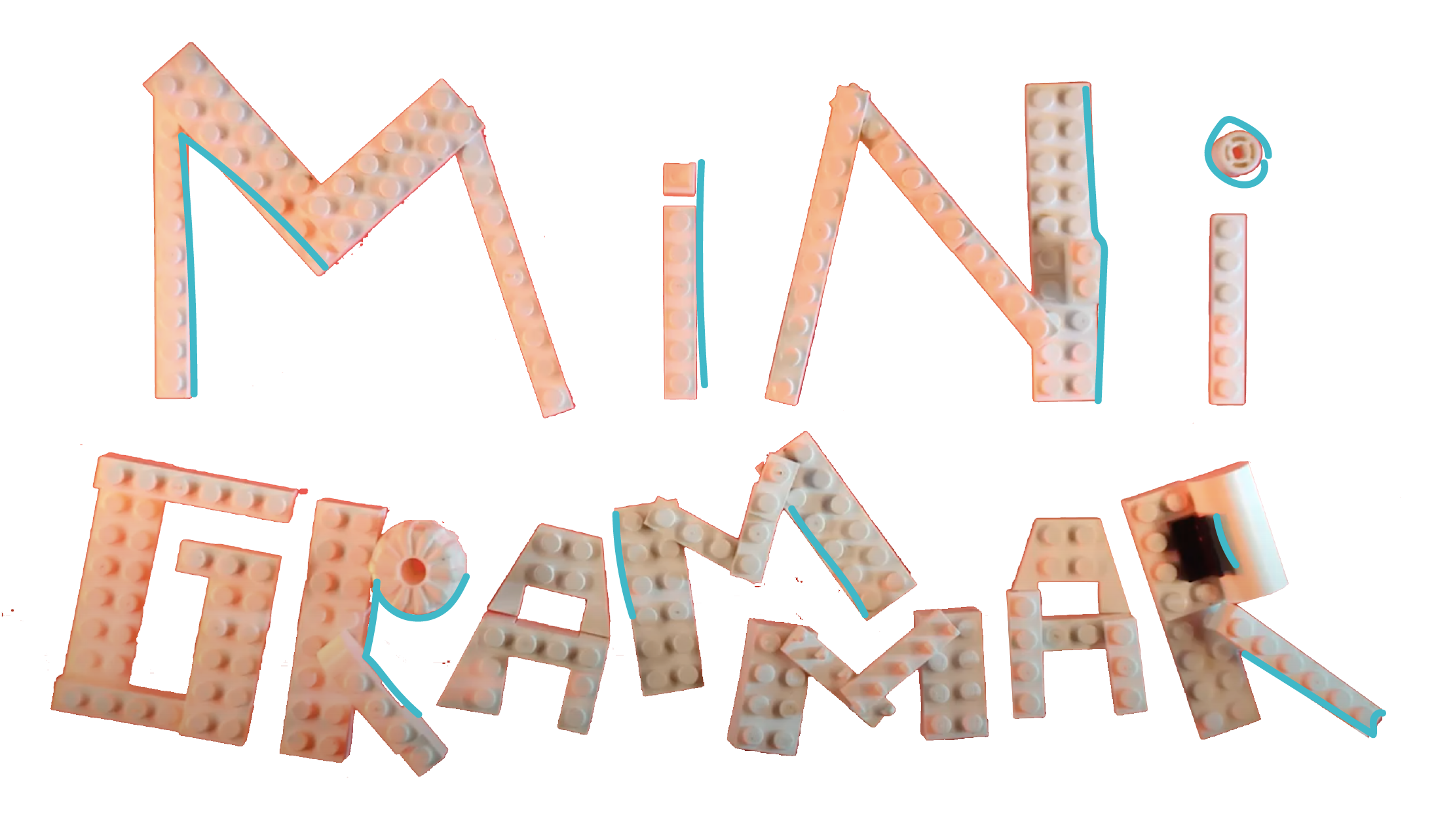Mini Grammar: present tense in English

About course
The Mini Grammar series of courses allows you to learn English in small portions. In each course, we take one grammatical topic and consider it end to end.
In this course, the forms of the present tense: Present Simple, Present Continuous, Present Perfect, and Present Perfect Continuous are waiting for you.
The course consists of four modules. In each module:
- cases of usage
- grammar tables
- assignments for each use case
We will work out the formulas of these tenses, as well as all cases of their use. And all this in just 15 minutes!
-
Level: Any level
-
80 minutes
- 22 lessons
-
100+ tasks
-
Teacher's language: English
Course program
BLOCK 1
PRESENT SIMPLE
• LESSON 1
General facts and laws of nature
• LESSON 2
Habits and routines
• LESSON 3
Talking about states
• LESSON 4
Schedule and timetable
• LESSON 5
Newspaper headline
• LESSON 6
Telling stories, jokes, anecdotes
BLOCK 2
PRESENT CONTINUOUS
• LESSON 7
Temporary actions
• LESSON 8
Fixed arrangements
• LESSON 9
Gradual changes
• LESSON 10
Annoying habits
• LESSON 11
Actions happening now
BLOCK 3
PRESENT PERFECT
• LESSON 12
Actions that happened recently
• LESSON 13
Present result of a past action
• LESSON 14
Lifetime experience
• LESSON 15
Actions in unfinished period of time
• LESSON 16
Continuous and repeating states which started in the past
• LESSON 17
Focus on the result
BLOCK 4
PRESENT PERFECT CONTINUOUS
• LESSON 18
Actions in progress
• LESSON 19
Repeated actions in progress
• LESSON 20
How long?
• LESSON 21
Process with a visible result
• LESSON 22
Repeated actions over a period of time
Who is this course for
For those who want to systematize all the forms of the present
The course is suitable for any level, as all information is clear and understandable
This course is a great find for teachers. This is a ready-made lesson for revising all forms of the present tense in English
If you mix up English tenses, this course will definitely help you
What will you get after the course
You will get a good understanding of all Present forms, work out the formulas of Present Simple, Present Continuous, Present Perfect, and Present Perfect Continuous, master all cases of their use - from the simplest to the peculiarities of the Advanced level.
-
Level: Any level
-
80 minutes
- 22 lessons
-
100+ tasks
-
Teacher's language: English
How do you know whether an action is happening now or has already been done in the past? Grammatical constructions can help you resolve this issue. However, when it comes to English, some difficulties arise because there are a lot of tense constructions in the language. In particular, the present tense in English is given by four forms, i.e. Simple, Continuous, Perfect and Perfect Continuous. If you're still not aware of their differences, then the Booyya course will help you fill in this knowledge gap.
What is the main difference between all four present tenses in English?
We will not discover any America saying that the present tenses are used to refer to events that are happening... now.
When discussing a simple action or fact, Present Simple is used. However, sometimes we need to emphasize that the action is going on right now, thus Present Continuous should be used for this purpose. When describing an event that is more related to the past, but we are dealing with its result in the present, Present Perfect should be used. Present Perfect Continuous is one of the present tenses in English describing a past event that is still ongoing and relevant.
At first glance, it looks very complicated, doesn't it? That's why it's worth considering how each of these tenses is formed, as well as its examples.
Simple
Most often, we use the simple tense in order to describe a regular everyday action/event or a well-known fact: the dog barks, mum cooks dinner, the football match has two halves, the restaurant opens at ten o'clock.
To build an affirmative sentence, you only need to add a verb (ending in -s in the third person) to a pronoun or noun and describe the action:
-
I eat three times a day. (He eats three times a day.)
The construction for a negative sentence requires adding "do/does + not":
-
I don't go to the office every day.
To build an interrogative sentence, “do” / “does” must be placed at the beginning of the sentence:
-
Do you ride a bike every summer?
Continuous
To express the Present Continuous in English, you need to use the auxiliary verb “to be” in the appropriate form (am, is, are) and add the ending -ing to the main verb:
-
I’m eating now.
Perfect
According to the rules of grammar, the structure of a sentence in the perfect present tense is as follows:
pronoun + have/has + verb with -ed (third form for irregular verbs)
The affirmative form of the sentence:
-
He has worked.
To express negation in Present Perfect, add “not” to “have” / “has”:
-
She hasn’t been to Amsterdam yet.
In an interrogative sentence, put “have” / “has” at the beginning:
-
Have we bought all the cutlery?
Perfect Continuous
To indicate the continuous perfect tense, you need to use the auxiliary words “have been” / “has been”. Also in the present tenses in English, the verb ending in -ing is added to the sentence structure.
In an affirmative sentence, it looks like this:
-
I have been working for 30 minutes.
The construction for a negative sentence requires adding the particle “not” to “have” / “has”. In the interrogative sentence, on the other hand, we put “have” / “has” at the beginning of the sentence and write the word “been” after the pronoun.
All the present tenses of English in 22 lessons by Booyya
Learning the rules of grammar is the most challenging task students of language courses encounter. To make it easier, experienced teachers have created concise and practical courses for the Booyya platform, aimed at helping students master all aspects of English grammar step by step. In particular, you can learn how to use these tenses in just 22 lessons.
Reasons why you should choose a grammar course from Booyya and learn this topic with it:
-
Theory is accompanied with practice. You don't have to memorize all the rules to learn English. The main thing is to get the point of each of the present tenses and memorize the construction. To help you with this, the course authors have combined theory with practical tasks that allow you to quickly memorize new information.
-
Clear and useful examples. Examples to provide you with the rules are taken from real life or the most famous modern films. Everything is done to spark interest and activate your brain.
-
Easy access to the learning platform. The course is hosted on an online platform, accessible from any device, so you can learn even from the comfort of your bed or while on a train.
Learning without a tutor. The course will be a full-fledged replacement for an English teacher, making you more mobile (no need to adjust to the schedule) and saving money (it costs less than lessons with a tutor).
- access to all 209 English courses on the platform, except for the English PRO series
- 2 - 4 new courses every month
- exclusive access to SUBSCRIPTION ONLY courses
- access to the Smarte+ - smart online tool for English practice
- unlimited studying for the selected period
- access to self-study English plans












































